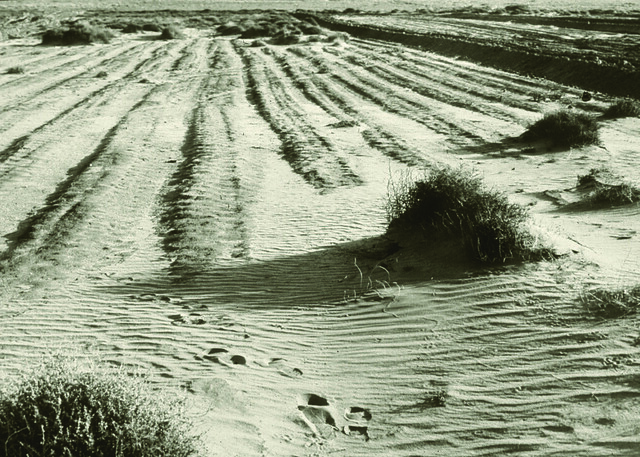An industry that can reduce greenhouse gas emissions, increase forest growth, and create jobs sounds too good to be true. But that is the reality of the emerging wood pellets market in the Southern U.S. That conclusion is supported by independent economic assessments of wood bioenergy, including a recent study that specifically focused on European pellet demand conducted by researchers at Duke and North Carolina State Universities. Those researchers found that increasing demand for wood pellets resulted in more forest area, more forest investment, large greenhouse gas reductions, and little change in forest carbon inventories.
So, why is there concern?
Some critics have recently argued that land used to produce biomass for energy should instead be permanently protected as forests. They say that harvesting biomass from forests reduces forest carbon stocks. Instead, they claim that the best way to increase carbon storage is to reduce demand for renewable products that come from the land.







